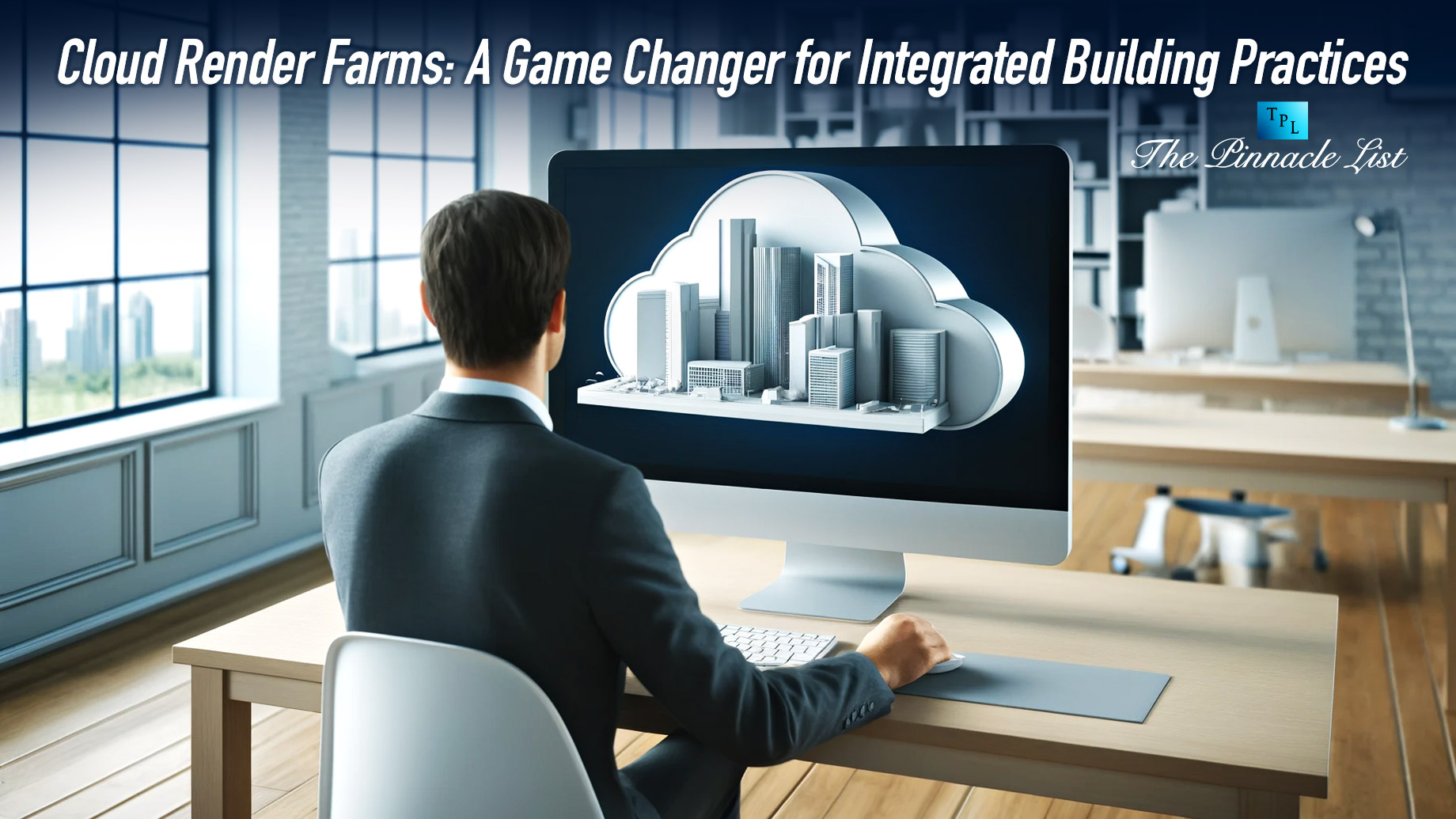
A cloud render farm refers to the process of leveraging networked remote computing services to generate imagery and visual effects. Over the years of digitalization, commercial rendering has become an essential technology in architectural visualizations.
Leading cloud render farms bring about numerous advantages, especially in complex architectural designs. Complex building designs may require sophisticated lighting and shading requirements. Cloud rendering services help streamline these designs to streamline challenges and competitively meet client deadlines.
The Role of Cloud Render Farms in Modern Building Practices
A render farm refers to a group of networked computers working together to significantly reduce the time necessary to produce high-quality imagery.
3D rendering has rapidly grown in popularity leading to a complete takeover of the slow traditional ways used in architecture. It offers increased speeds, improved collaboration and project scalability. Architects can now easily produce high-quality renders in record time.
Enhancing Collaboration Through Cloud Rendering
Unlike on-site computers, rendering on the cloud offers unmatched benefits that deeply resonate with creative fields such as architecture.
Cloud rendering facilitates easy collaboration among global teams, as it breaks geographical barriers and assists teams to work from anywhere in the world.
Teams also have access to high-quality resources that can assist them to get their work done faster and efficiently.
In a fast-paced world where the ability to deliver high quality in the shortest time possible is one of the keys to success for architects. In construction projects, clients are often very eager to see results and cannot visualize the information on a preliminary mood board. However, rendering creates spaces and atmospheres inclusive of color palettes and lighting to create different moments and help them better understand their ideas.
Impact on Project Efficiency and Cost
For architectural firms, the initial cost of ownership of infrastructure, systems, and software can significantly impact overall business profitability.
Cloud rendering taps into the economies of scale as it allows businesses to pay only for what they need hence reducing costs for optimizing software licenses.
When running an on-site render premise, one of the largest running costs is electricity cost. However, a cloud-based strategy lowers the unnecessary load of powering your infrastructure.
Organizations understand the heavy risks disruptions can cause to their businesses. For instance, malfunctions that lead to loss of data can literally paralyze a company. Companies therefore end up investing in disaster recovery plans which are practically redundant. Using cloud rendering transfers the burden of data protection to your cloud rendering service provider.
The setup of a cloud render farm also impacts project efficiency as cloud-based solutions offer flexibility that helps complete projects within tight deadlines. One can also scale up or down on resource allocation depending on the project demands.
Overcoming Challenges with Cloud Render Farms
Despite the power of online rendering, a cloud render farm service is sometimes subject to some complexities. For instance, cloud render farms are heavily internet-dependent, and bandwidth limitations can disrupt operations.
Sometimes, users are worried about data loss, corruption, or theft while using render farms. However, leading render farms like RebusFarm offer reliable data protection and backup options. They also have strong security measures like encryptions and regular checks. To minimize the risk of data corruption, it is best to work with render farms that have robust data protection measures and verifications.
Despite the challenges facing render farms, there are numerous technological advancements employed to mitigate the challenges. These include regular maintenance and upgrades of software to combat compatibility issues.
There are also monitoring and debugging tools that quickly identify rendering issues. In render farm environments, it is also advisable to organize and centralize file paths and mitigate data-related issues.
The Future of Cloud Rendering in Building Practices
The current architectural landscape is characterized by 2D and 3D models for creating design visualizations. Advances in technology have made rendering of architectural services more sophisticated and realistic.
Emerging trends include virtual and augmented reality that increase the levels of interaction and immersion in a project. These simulations can help architects, engineers, and clients visualize proposed designs and identify problematic areas before construction begins.
Simulations also help clients and stakeholders have an interactive and memorable experience with the proposed designs.
Another emerging trend is augmented reality rendering, which overlays proposed designs into real-world environments. This helps users experience the feel of the virtual elements and their impact on the real world.
The construction industry is continually immersing itself in online rendering, and emerging technologies like artificial intelligence and machine learning will be the hallmarks of architectural rendering. AI and ML algorithms can help improve the speed, efficiency, and quality of the rendering process. For instance, these algorithms can help analyze large datasets of architectural information and provide insights and recommendations for designers.
Conclusion
With the rapidly evolving technological trends, we are increasingly witnessing the transformative role of cloud rendering in construction. As more companies delve into the rendering space, it is becoming increasingly important for designers to be conversant with the various rendering tools and remain competitive in the industry.
It is also necessary for construction companies to invest in rendering technologies and training to maintain a competitive edge and keep up with the numerous advancements in the industry. Investment in cloud render technologies is critical for ensuring the industry continues thriving and meeting client needs.